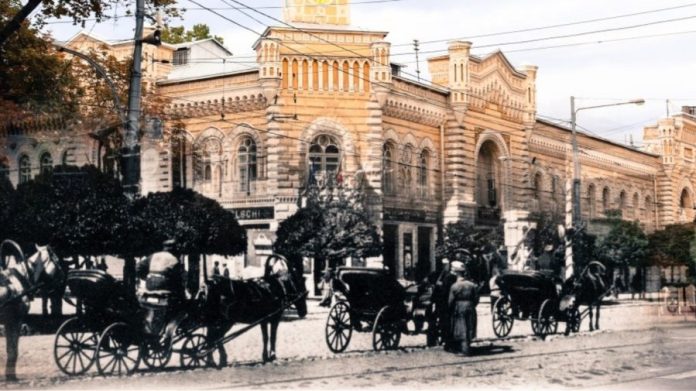The capital of the Republic of Moldova, Chisinau City, today marks 587 years since the first documentary evidence. The first documentary mention of Chisinau as a place name (settlement) refers to July 17, 1436.
At the beginning of the 18th century, Chisinau began to revive, largely thanks to the Armenians who settled here and established trade with the Tatars and Turks, under whose vassalage the Moldavian principality was at that time. At the same time, the atrocities of the Tatars did not stop. One of the last large-scale ruins of Chisinau took place in 1781.
In 1818, Chisinau acquired the status of a city, the center of the Bessarabian region. In the Middle Ages, this entire nearby territory was already densely populated. In the XV-XVII centuries, several new settlements appeared in the vicinity of Chisinau: Buiucani, Khruska, Vovinteni, Visterniceni, Getioani, Muncesti, Skinoasa … All of them during the 19-20 centuries became suburbs of Chisinau.
Since 1991, after the proclamation of Moldova as an independent state, Chisinau has been the capital. The Romanian language in the country has the status of a state language. The Cyrillic alphabet was almost replaced by the Latin alphabet back in 1989. The older generation of Chisinau residents is fluent in Romanian, but the younger generation knows Romanian and English better.
Currently, about 600 thousand citizens live in the capital of the country. In Chisinau, there are embassies of many states, representatives of some international institutions and bodies. Meetings, world scientific conferences, exhibitions, and fairs are held here. The local government body is the mayor’s office (municipal council).



